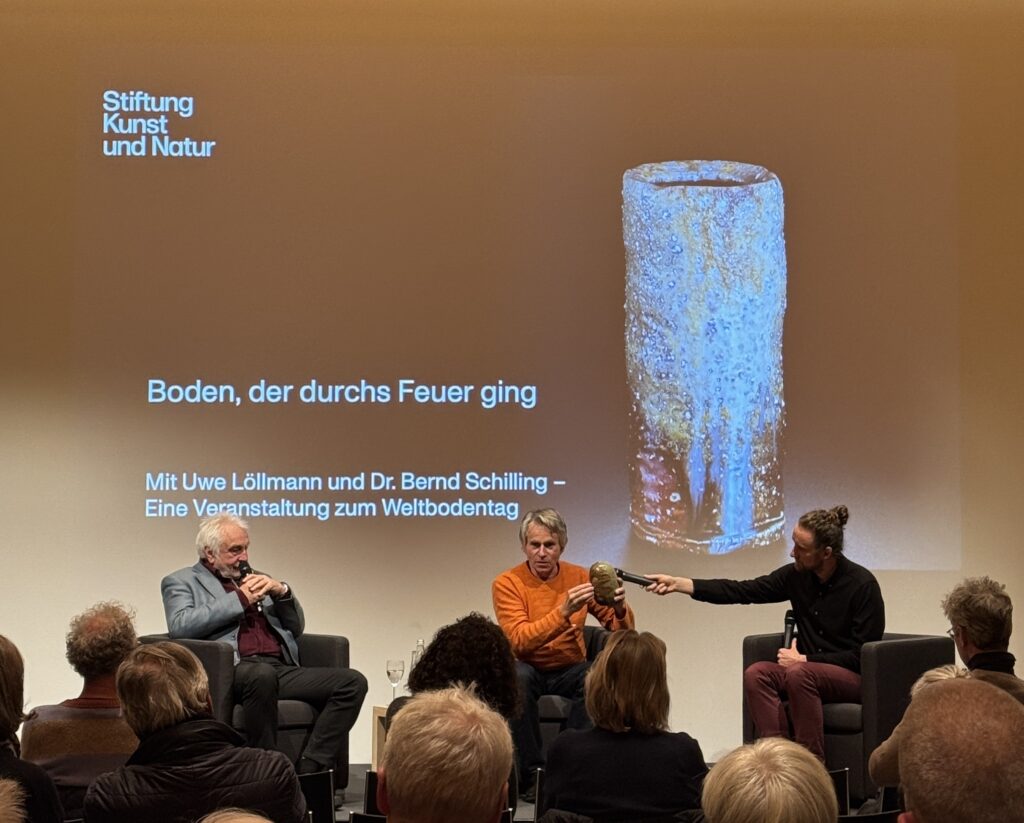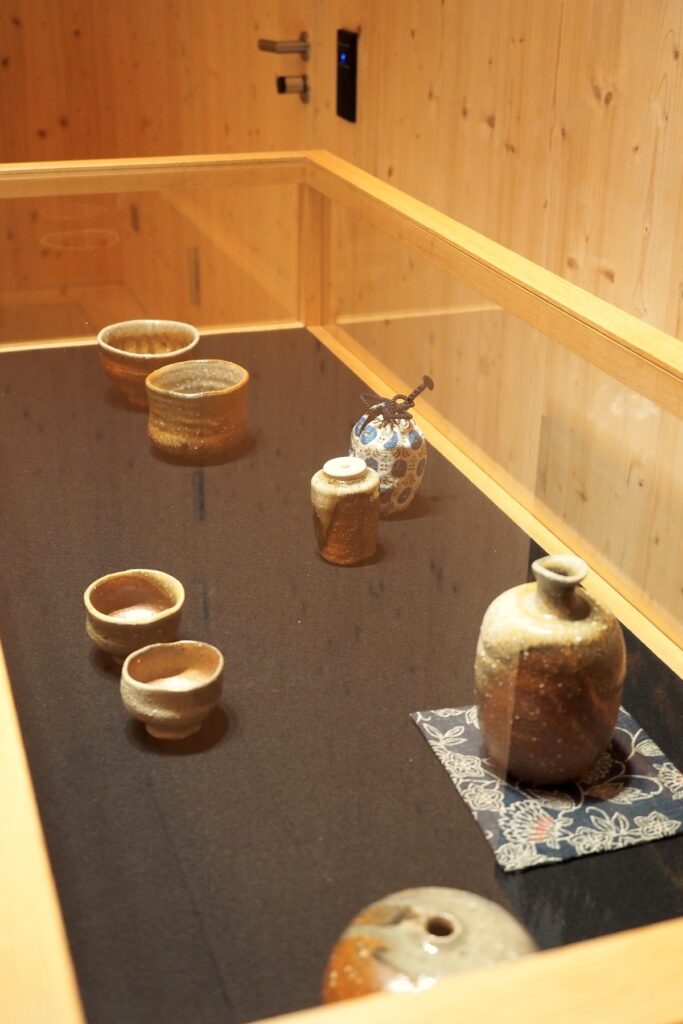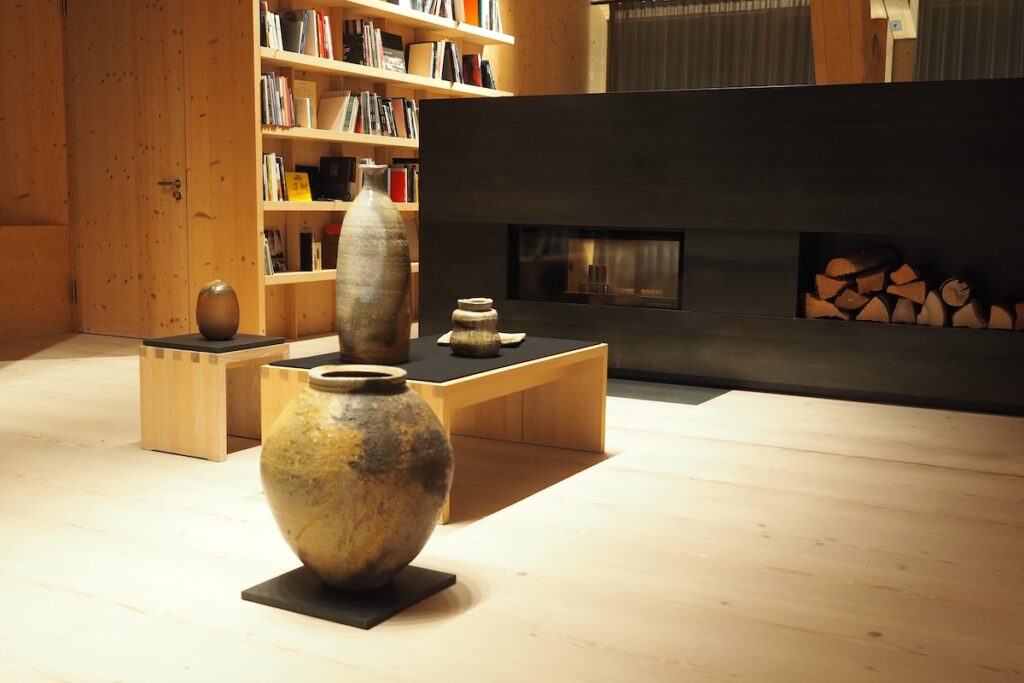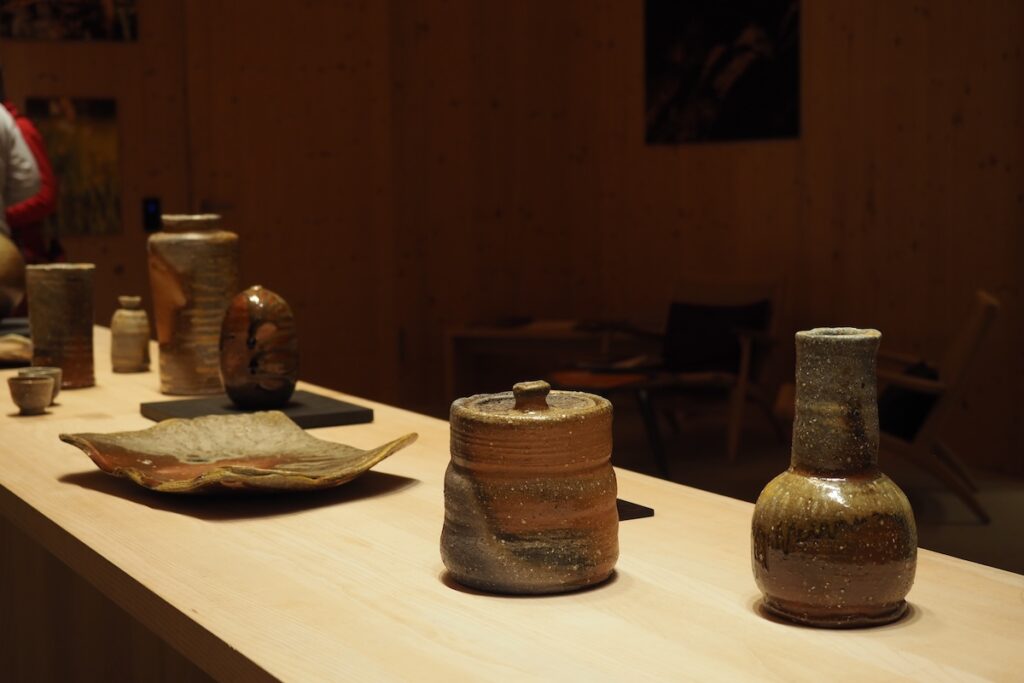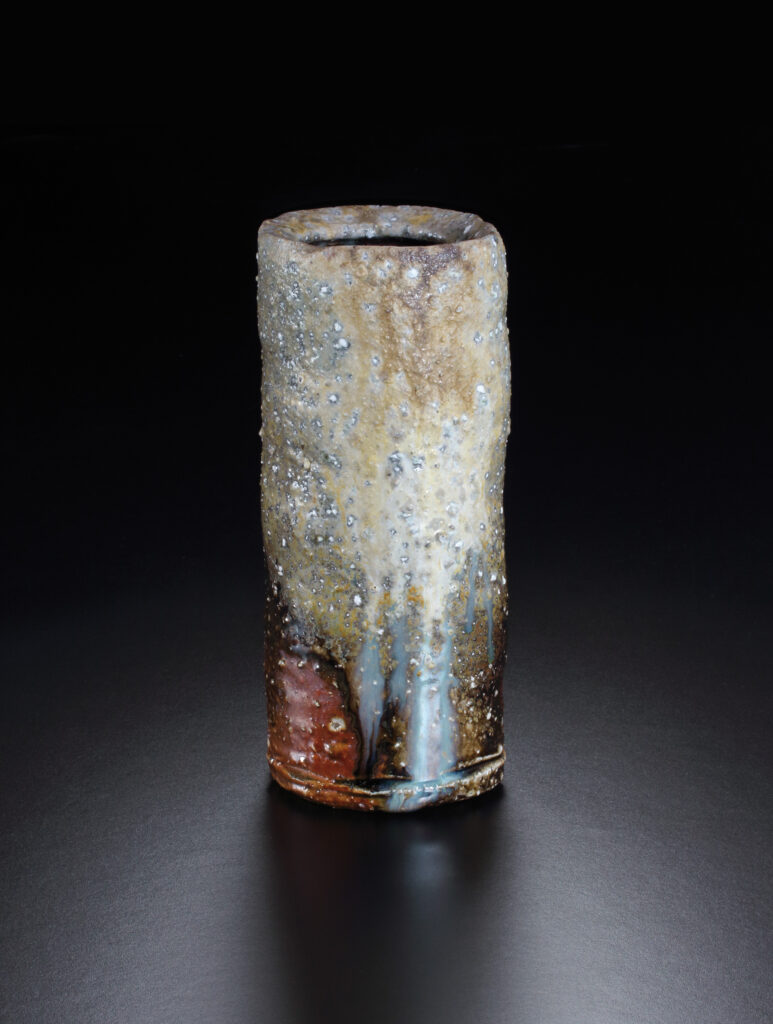
Through its event for World Soil Day, the Art and Nature Foundation shed light on a special type of soil, which we hold in our hands almost daily without realizing it. Ceramics, particularly Japanese Anagama ceramics, are special because they are closely connected to soil in two ways.
Firstly, the main ingredient for making ceramics is clay, an essential and versatile component of soil. Not only does clay contribute to a wide array of beneficial soil characteristics such as pollutant binding and nutrient storage, it also serves as the basis for gorgeous kitchen ware and stunning art pieces.
Secondly, the glaze on Anagama ceramics is an indirect result of soil minerals. The ceramics are glazed over a wood fire for a period of 7-10 days, during which the ash, produced from the burning of wood, forms a melted layer around the ceramics eventually turning into a solid glaze with unpredictable patters, shapes and colors. But what does the ash comprise of? This is when soil minerals come into play, which nourished the tree to grow and which remain important elements in wood, once a tree is cut down. These minerals are, in the end, what melt over the ceramics to lend them their unpredictable patterns with compositions of unique shapes and colors.
The World Soil Day exhibition at the Art and Nature Foundation displayed ceramics from Uwe Löllmann. Beyond the exhibition, visitors could also experience the ceramics as everyday objects as they were used to serve small appetizers and as cups during the accompanying whiskey tasting of two Japanese whiskeys. Additionally, a presentation by Dr. Bernd Shilling addressed the variety, origins and different uses of clay from a scientific perspective, followed by the screening of a documentary about Löllmann’s workshop and the burning process. Finally, the artist was invited on stage for short discussion.
Speakers
Uwe Löllmann is one of the most prominent Anagama ceramicists in Germany. He is represented in many museums and collections (including the Pinakothek der Moderne, Munich) and has received a number of awards (including the Hessian, Bavarian and Baden-Württemberg State Prize). His working methods are strongly influenced by the Japanese styles Bizen and Shigaraki, as well as the Japanese tea ceremony. He uses clay from Burgundy in France mixed with Bavarian quartz sand.
Dr. Bernd Schilling is a soil scientist at the Bavarian State Office for the Environment (retired since 2023). He has played a key role in shaping Bavarian soil surveys and mapping over the past decades. For 16 years he organized the Marktredwitz Soil Protection Days and headed the Soil Protection Department in Marktredwitz. He is still a ranger in the Bavaria-Bohemia Geopark.
